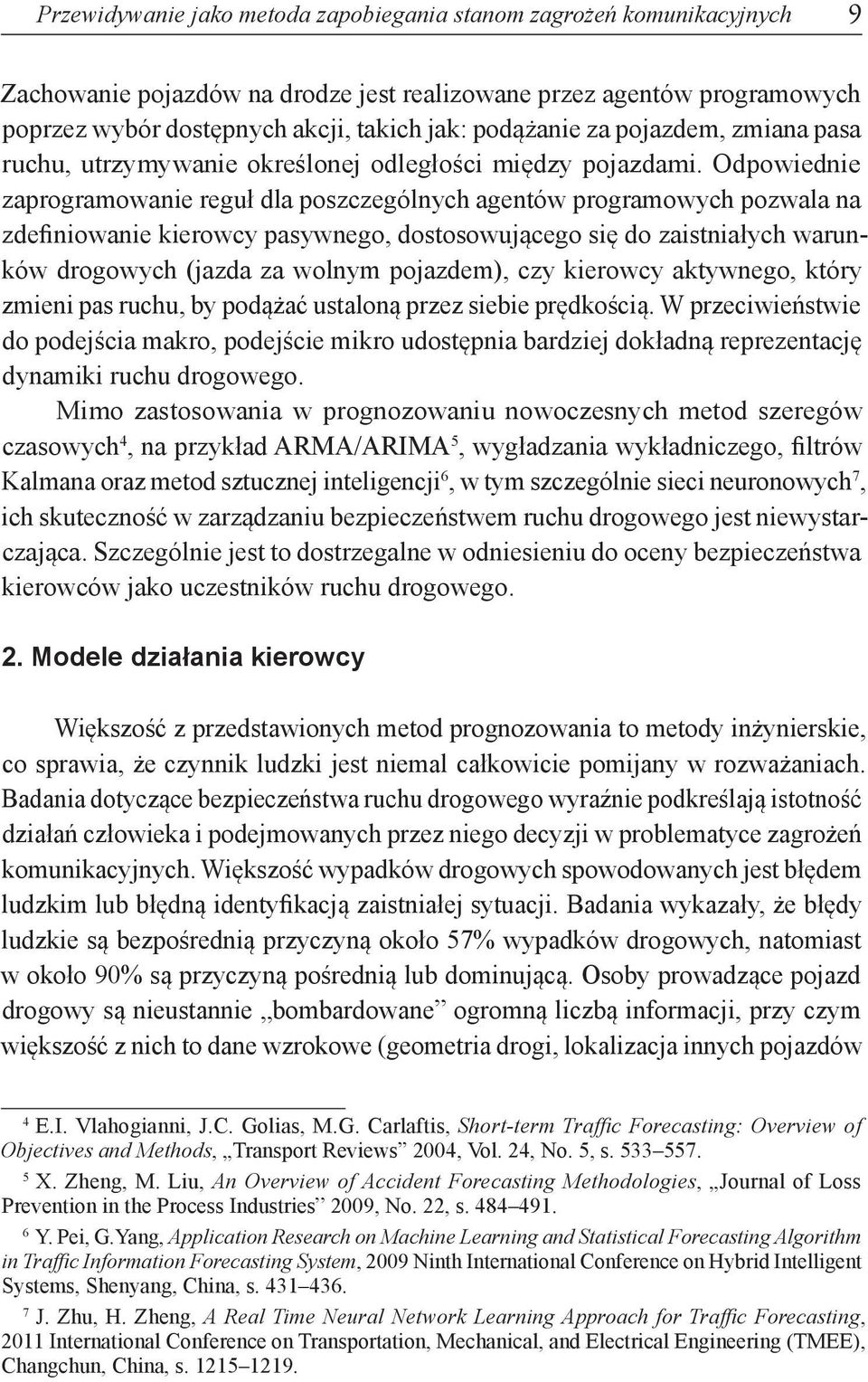Real Time System By Liu Pdf Free

Real-Time Systems [Jane W. Liu] on Amazon.com. *FREE* shipping on qualifying offers. This valuable reference provides a comprehensive treatment of the technology known as RMA (rate-monotonic analysis) method. Soundenlsa zvukovoj fajl.
Real Time System by Jane W. Liu (Pearson), the book builds on the student's background in Operating System, Embedded System. It covers techniques for scheduling, resource access control, and validation that are, or are likely to be, widely used in real time computing and communication systems.
Each algorithm, protocol, or mechanism is defined by pseudo code or simple rules that can serve as a starting point of implementation. With few exceptions, each scheduling algorithm is accompanied that your application will meet its real time requirement when scheduling according to the algorithm. Like the course, the book builds on the student's background in operating systems. It covers techniques for scheduling, resource access control, and validation that are, or are likely to be, widely used in real-time computing and communication systems.
Credit card chip writer. Each algorithm, protocol, or mechanism is defined by pseudocode or simple rules that can serve as a starting point of implementation. With few exceptions, each scheduling algorithm is accompanied by one or more validation techniques. You can use the techniques to ascertain that your application will meet its real-time requirements when scheduled according to the algorithm.
In addition to information on existing techniques, the book emphasizes basic principles of realtime systems. The foundations of these techniques are presented as theorems and corollaries. (I would like to have avoided this style, but feared that they might be buried in the narratives and details if not thus highlighted. I tried to keep them and their proofs informal.) I cover many of the theorems and proofs in my course in order to give students insight into why and how well the techniques work, and teach them the skills they will need to extend the existing techniques and develop new ones. Comments on Contents. The focus of the book is real-time operating systems and networks. It starts with a small part (Chapters 1, 2 and 3) on real-time applications and systems in general.
It ends with a part (Chapters 11 and 12) on specific attributes and implementations of network protocols and operating systems. The large part (Chapters 4-10) in the middle covers uniprocessor scheduling, resource access control, and multiprocessor and distributed scheduling. Sections and subsections marked by * are included for the sake of completeness. You can skip over them without loss of continuity. Chapters 1 and 2. Chapter 1 gives an overview of several sample real-time applica dons for which the techniques described in the book were developed.
I find most computer science and engineering students in my classes are unfamiliar with these applications. The chapter tries to explain for them the characteristics of workloads generated by the applications and the reasons for their timing requirements.
Chapter 2 follows by giving the definitions of hard and soft real-time systems and the rationales for this classification. Chapter 3 describes a reference model of real-time systems. Subsequent chapters (e.g., 4-10) characterize the systems we study according to special variants of the model. The reference model has a rich set of features. We can describe a wide spectrum of real-time applications and underlying platforms in a sufficiently faithful manner in terms of the model so that we can analyze, simulate, and even emulate the system based on the description; indeed, some scheduling and validation tools use this kind of description as input. However, many features of the model are not used in later chapters. Sections describing them are marked by *.
Chapters 6, 7, and 8 are devoted to algorithms for scheduling and resource access control on one processor (i.e., a CPU, or a network link, I/O bus, a disk, and so on). Most of these algorithms are priority-driven; all of them can be implement easily on modern real-time operating systems and communication networks.